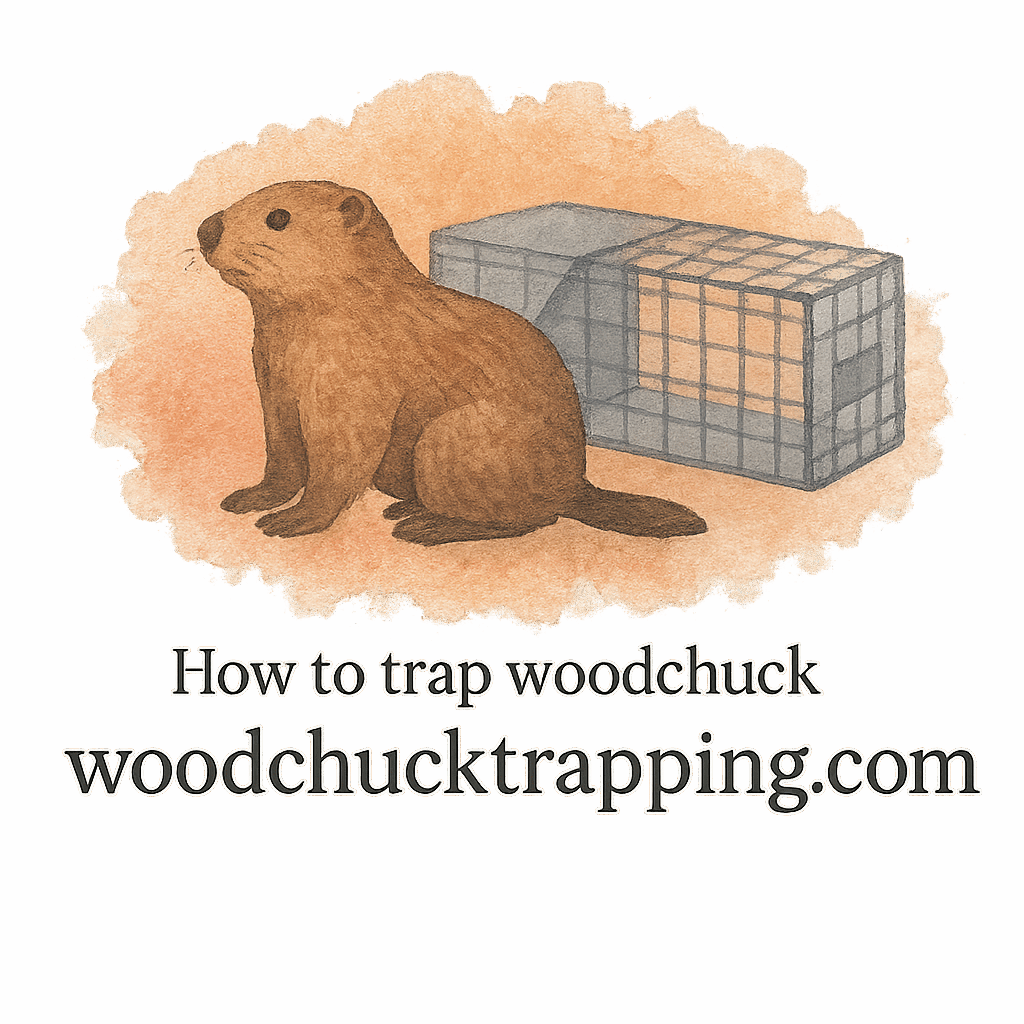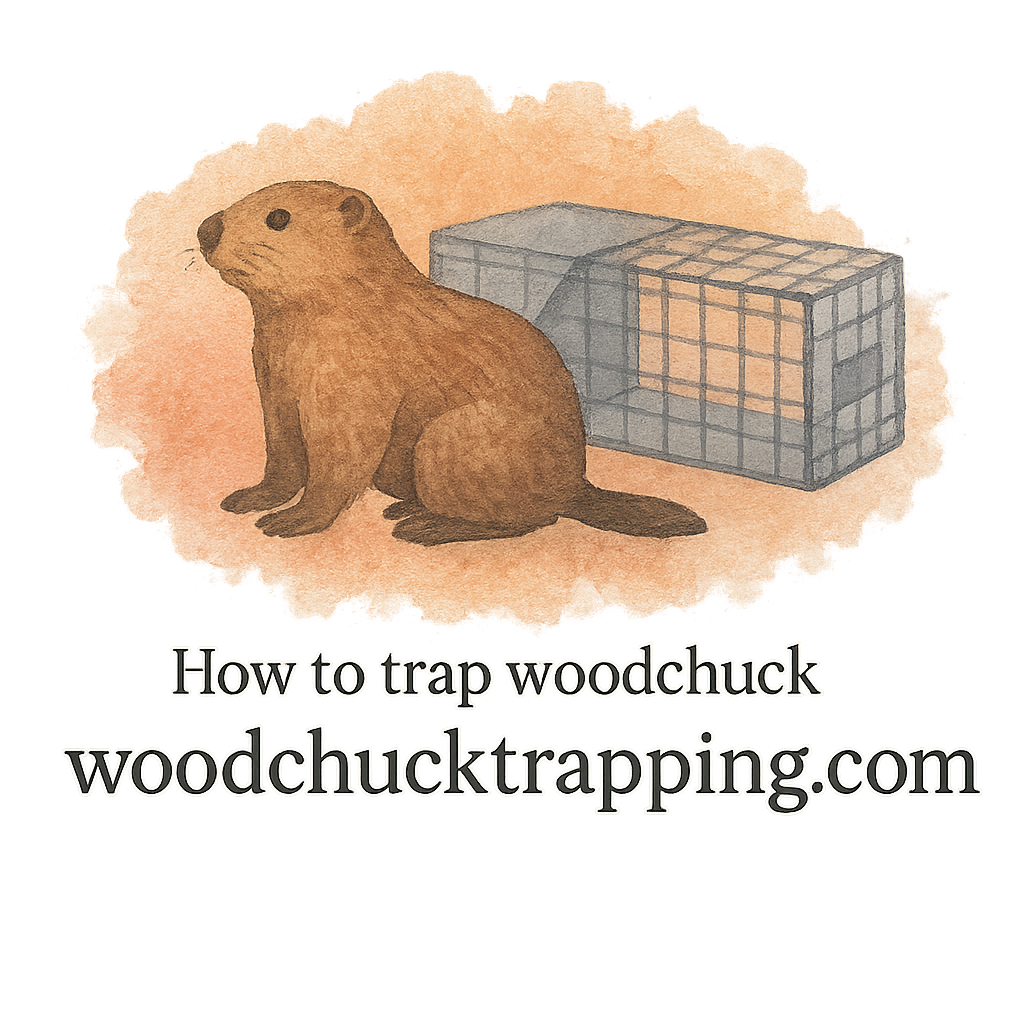Introduction
If you’ve ever dealt with a woodchuck (also known as a groundhog) digging burrows under your shed or feasting on your garden, you know the frustration is real. But here’s the thing: trapping these critters isn’t as simple as setting up a trap and waiting. There are laws, ethical guidelines, and humane practices that every responsible trapper must follow. In this article, we’ll break down the 7 laws about humane woodchuck trapping techniques you absolutely need to know before you set that trap.
Not only will this keep you out of trouble with the law, but it will also make sure you’re respecting the animal and handling the situation responsibly.
Understanding Humane Woodchuck Trapping
Why Humane Trapping Matters
Humane trapping is all about reducing stress, injury, or unnecessary suffering. Think of it like being a respectful host—yes, the woodchuck is trespassing, but you don’t want to treat it cruelly. Following humane techniques ensures both the animal’s well-being and your peace of mind.
Difference Between Humane and Inhumane Methods
Inhumane methods include lethal traps, drowning, or poisoning—these are not only cruel but often illegal. On the other hand, humane traps use live-capture equipment that allows safe relocation and handling of the woodchuck. Learn more about different trapping techniques.
Law 1: Legal Trapping Requirements
Checking Local Regulations
Before you set a trap, research your state or local laws. Some areas require permits, while others restrict relocation entirely. Ignoring this could lead to hefty fines. For reliable guidelines, visit laws and safety.
Permits and Licensing
In some states, a wildlife control license is mandatory. These permits ensure that only responsible individuals are handling wildlife, preventing unnecessary harm.
Law 2: Approved Trapping Equipment
Choosing Humane Traps
Only certain traps are approved for humane capture. The most recommended are live cage traps that prevent injury. Avoid snares or body-gripping traps at all costs. For tested equipment, check out equipment reviews.
Compact Traps for Small Yards
If you’re dealing with a small yard, compact traps are the best choice. They fit into tight spaces and work efficiently without overwhelming the area.
Gloves and Handling Tools
Always wear protective gloves. Handling a frightened animal barehanded is risky and often against regulations. Browse recommended trap gear.
Law 3: Baiting and Luring Restrictions
Safe Baiting Methods
Laws often restrict bait types. Using toxic substances or food that may harm the animal is illegal. Instead, stick to fresh vegetables or fruits, following guides on baiting and luring.
Using Scent Bait and Lures Responsibly
Natural scent bait and lures are highly effective—but you must use them properly. Overuse can attract non-target animals, which is against humane standards.
Law 4: Animal Welfare and Safety
Preventing Stress and Injury
Trapped animals should never be left exposed to extreme heat or cold. Cover the trap with a light cloth to keep the woodchuck calm.
Proper Trap Checking Frequency
Most states require checking traps at least once every 24 hours. Some even mandate twice daily. This prevents suffering and complies with safety regulations.

Law 5: Relocation and Release Laws
Where You Can Release Woodchucks
Not every forest, park, or property is legal for release. Some states ban relocation due to disease concerns. Always verify before you relocate.
Risks of Relocation
While it sounds humane, relocation can be stressful for the animal and disruptive to ecosystems. In many cases, prevention strategies may be more effective—see prevention and damage control.
Law 6: Homeowner Responsibility
Preventing Yard Damage Before Trapping
Before setting traps, try natural deterrents and barriers. Fencing gardens, sealing burrows, and removing attractants can reduce conflicts without trapping.
Signs of Infestation You Must Address
Learn to recognize signs of infestation early. Fresh dirt mounds, gnawed plants, and hollow sounds under sheds are dead giveaways.
Law 7: Safety Regulations for Humans
Personal Protective Gear
Aside from gloves, wearing protective boots and clothing is essential. Woodchucks may carry diseases, so minimizing contact is crucial.
Safe Animal Handling After Capture
Once you’ve trapped the animal, handle it responsibly. Transporting requires caution to prevent escapes or injuries. More on safe handling.
Humane Trapping Techniques in Action
Step-by-Step How to Trap Woodchucks Humanely
- Choose the right live trap.
- Bait it with fresh vegetables or trap scent.
- Place it near active burrows or travel paths.
- Cover the trap partially to reduce stress.
- Check frequently and handle responsibly.
For more how-to-trap guides, visit the resource hub.
Common Mistakes to Avoid
- Leaving traps unchecked for days.
- Using inhumane bait or methods.
- Ignoring legal restrictions.
- Forgetting personal safety equipment.
Tools and Equipment Reviews
Trap Gear That Meets Legal Standards
Not all traps are created equal. Go through trusted equipment reviews to avoid wasting money on poor-quality traps.
Long-Term Prevention Methods
The most effective law-abiding strategy is prevention. Eliminate attractants, seal burrows, and install barriers. Explore trapping essentials for gear that complements prevention.
Conclusion
Humane woodchuck trapping isn’t just about being kind—it’s about following the law, protecting your property, and doing right by nature. By understanding these 7 laws about humane woodchuck trapping techniques, you’re ensuring a responsible, safe, and ethical approach to wildlife control. Remember, prevention is always better than relocation, and when trapping is necessary, doing it the right way makes all the difference.
FAQs
1. What’s the most effective humane trap for woodchucks?
Live cage traps are considered the most effective and humane choice.
2. How often should I check my trap?
Legally, at least once every 24 hours, though twice daily is even better.
3. Can I release a trapped woodchuck anywhere?
No. Relocation laws vary, and some states ban it altogether.
4. What bait works best for woodchucks?
Fresh vegetables, fruits, and approved lures are ideal.
5. Are there alternatives to trapping?
Yes—fencing, repellents, and sealing burrows are effective prevention methods.
6. Do I need a permit to trap woodchucks?
In many areas, yes. Always check your local regulations.
7. Is trapping safe for my pets?
It can be, if you use the right equipment and place traps carefully.


